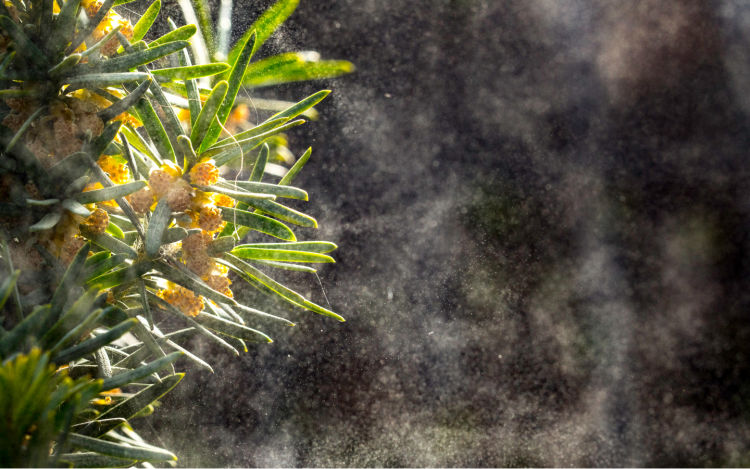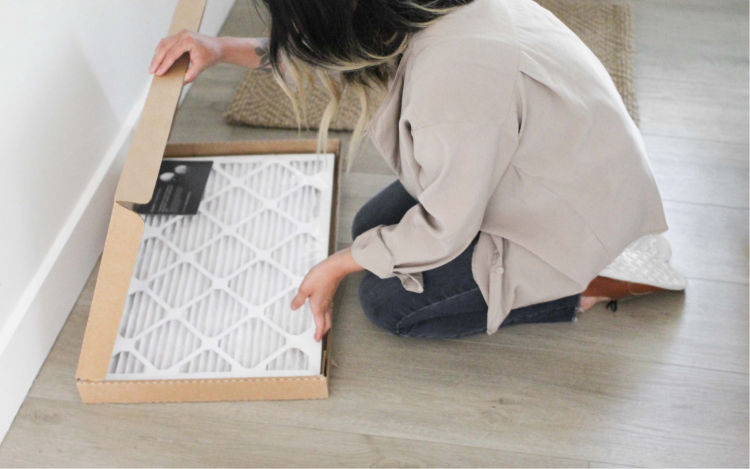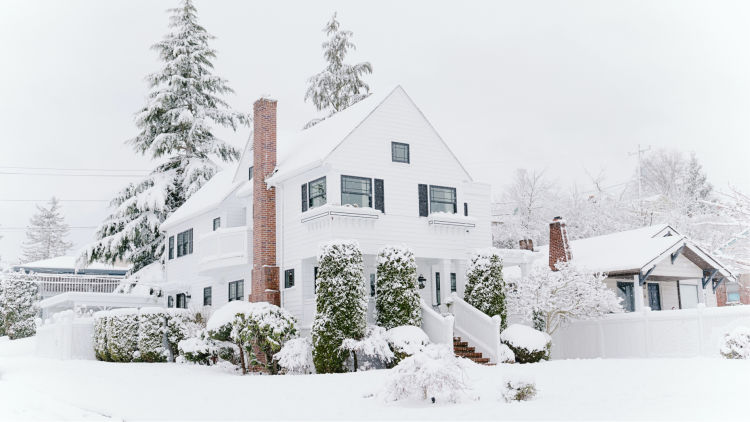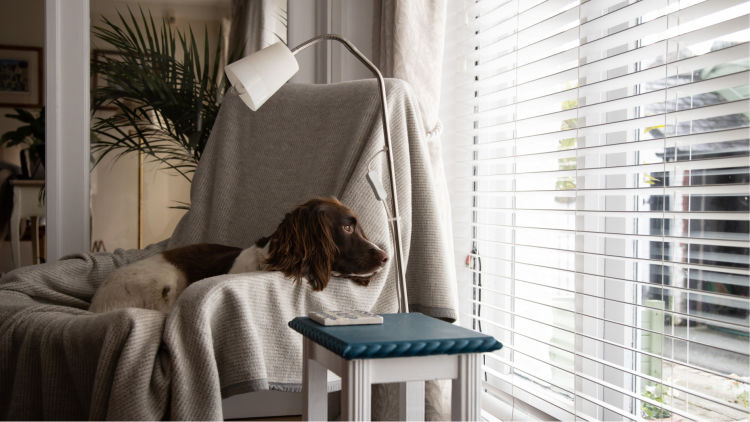How to Manage Seasonal Allergies at Home
Non-stop sneezing, itchy nose, watery eyes? Learn what seasonal allergies are and how to take care of them at home.
by ecobee on 06/08/2022 in Life & Family
4 min read

Updated April 10, 2024
The days have gotten longer, and the flowers are blooming. That means spring is here, bringing a breath of fresh air to those tired of a long winter.
But suppose you’re one of the approximately 24.4 million Americans who experience seasonal allergies, also called seasonal allergic rhinitis or hay fever. In that case, the joy is clouded by non-stop sneezing, an itchy nose, and watery eyes. Spring also means allergy season has officially begun.
While spring is in full bloom, you don’t have to suffer alone. Learn what hay fever is and how to make your home more comfortable for the season.

What are seasonal allergies?
Seasonal allergic rhinitis starts when your immune system reacts to an outdoor, airborne allergen like pollen. Once your body sees pollen as a danger to your health, it will release histamines and other chemicals into your bloodstream to fight it every time you contact the allergen, spring after spring.
What are the triggers?
The biggest spring allergy trigger is pollen. During this season, plants release tiny pollen grains into the air to fertilize other plants of the same species and, unfortunately, some of it ends up in our noses, eyes, and mouths.
While many people blame flowers, they are not the culprit behind your itchy nose: it's the tiny, hardly visible pollens of wind-pollinated plants like trees, weeds, and grass that are the main villains responsible for allergies. Pollens of insect-pollinated plants like flowers are too large to remain airborne, so they pose no risk.
In North America, trees commonly responsible for hay fever include pine, birch, cedar, hazel, alder, horse chestnut, willow, and poplar. Grasses are often the culprit for allergies during the late spring and early summer, and weeds are usually the cause of allergies in late summer.

What are the symptoms?
While they vary, the most common symptoms are:
- Sneezing
- Runny/stuffy/itchy nose
- Watery/itchy eyes
- Congested nose, sinuses, throat, and ears
- Dark circles under the eyes
Less common symptoms include:
- Headaches
- Shortness of breath
- Rashes
If any of these symptoms is severe or you’re experiencing abnormal discomfort, seek medical help immediately.

What can I do to mitigate the symptoms?
Here are some non-medical tips to deal with seasonal allergies indoors and make your home more comfortable for your entire family:
Stay indoors, if you can. Especially on windy days, keep windows and doors closed. If you need some assistance with this task, ecobee SmartSensor for doors and windows will help you keep track of all your entrances and exits, even notifying you if a door or window is left open for more than five minutes.1
Monitor your indoor air quality. Pay attention to the quality of the air you breathe at home. Smart Thermostat Premium makes this task easier: it comes with a built-in air quality monitor that alerts you when air quality is poor and gives simple steps on how to improve it, like changing your air filters.
Brush before going inside. You may be bringing outdoor allergens into your home, on your shoes, clothes, and even hair. Brush your clothes before entering your home and wash your hands and hair more often.
Remember to change your air filters. Air filters can remove common pollutants like pollen, dust, mould, mites, and bacteria from the air in your home. An air filter subscription service delivers them straight to your doorstep so you will always have a filter when you need one.
For more information and tips about how you can enjoy the best of spring and improve your home air quality, check out our previous posts: How to make spring cleaning more enjoyable, How and when to change your air filters, and Why home air filters can improve your health.
1 Requires an ecobee smart thermostat and a Smart Security subscription.
Did you enjoy this article?
Thanks for letting us know!






